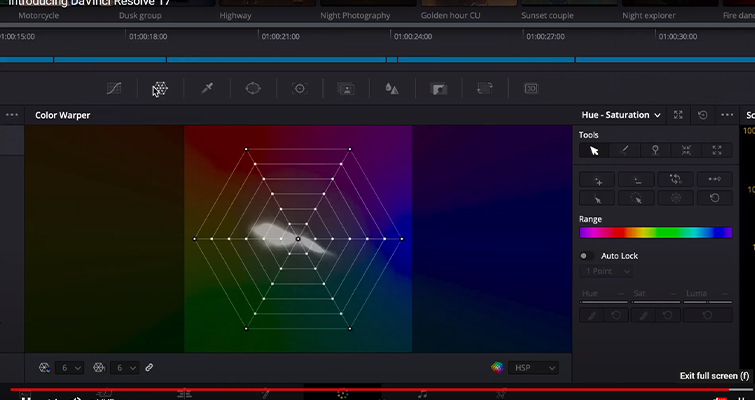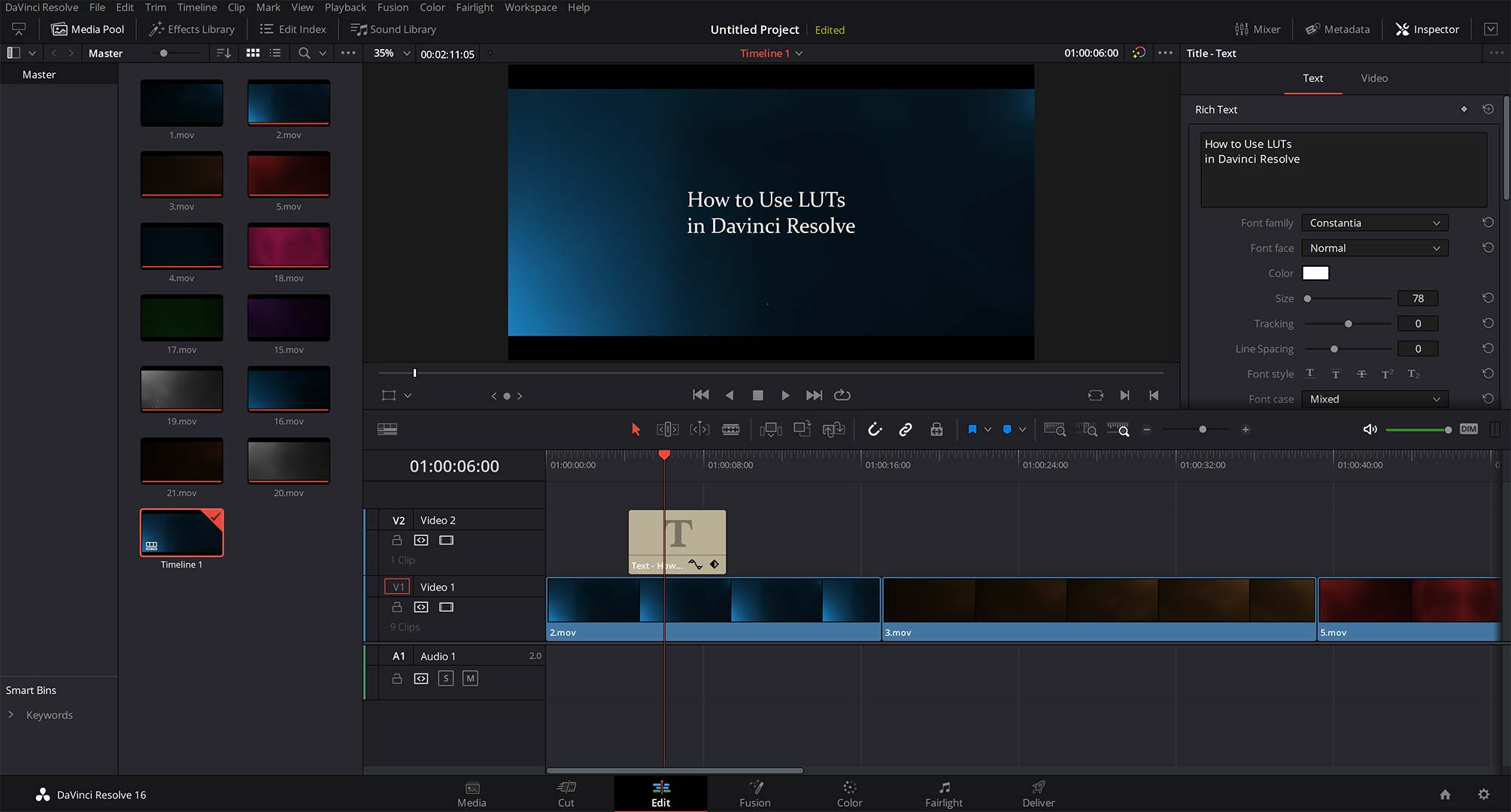


The light flux will hit the reflector and end up on the subject. Just place a reflector on ¾ in front of the key light. Fill light is easy to recreate even if you don’t have an extra light source.

The closer the fill light is to the camera, the fewer shadows it creates. Join Oliver as he takes this to the next level, by sharing the top four techniques to elevate your final video using DaVinci Resolve. The intensity of the fill light is expressed by the “fill light ratio,” also known as the “key to filling ratio.” For example, a ratio of 1:2 means that the key light is twice as bright as the fill light. As a video editor, you likely know that DaVinci Resolve simplifies the post-production process by containing all the editing tools you need within one software. Since the main task of the fill light is to soften the shadows created by the key, it mustn’t stand out and create its own. To achieve this, you can either use a diffuser, move them away, or use less harsh light. The fill light is often used as a floodlight, which kills off the shadows but floods the entire scene with the light. The reason why it is called fill is that it fills the shadows cast by the key light. Thus, you should place the fill light on the opposite side of your key.įill lights are usually softer and less intense than your key lights. The fill light is your secondary source of light.


 0 kommentar(er)
0 kommentar(er)
